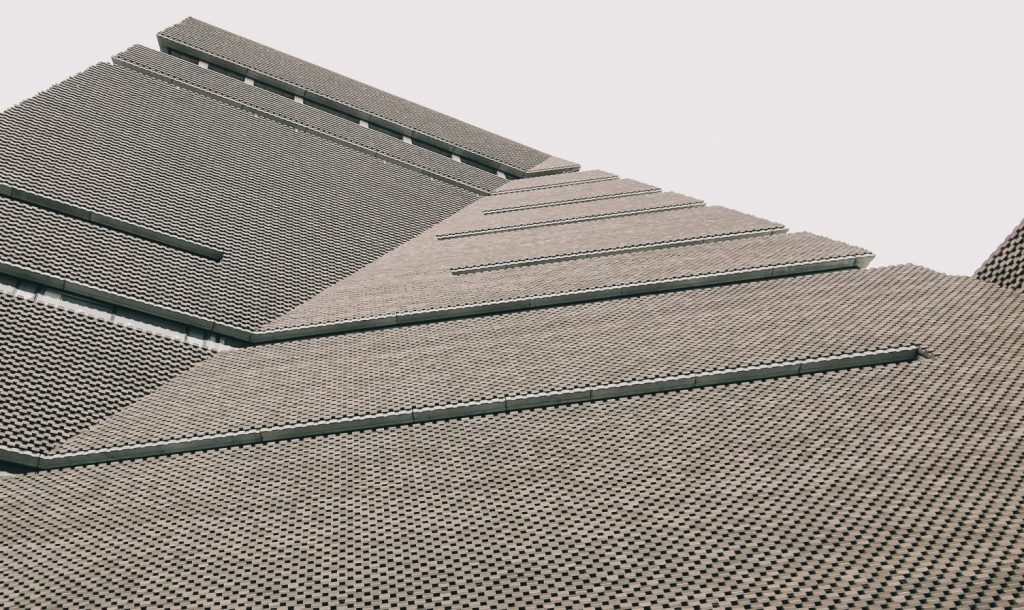Life Expectancy Estimate for Asbestos Roof Shingles
Roof shingles are primarily used to keep your roof dry and to keep away rainwater, snow, and moisture that might form mold and mildew. Most roofs and shingles are made out of wood, vinyl, metal roofing, and natural cut stone, but there are also homeowners who prefer asbestos roofing.

Asbestos cement shingles are made of composite materials of asbestos, fibers, and cement. When these two materials are mixed, the fibers hold the consistency together while adding more tensile strength and flexibility to the mixture.
Asbestos roofing has been sought-after for decades, especially in warmer climates in houses that are more susceptible to fires. While asbestos cement shingles do have benefits to your roof and your home, asbestos cement shingles have been widely known for being a primary health risk.
Common Advantages of Asbestos Cement Roof Shingles
- Fire-resistant – Asbestos cement roofing is prevalent in communities that are in close proximity to each other since fires tend to easily spread from one house to another, especially if most of the building materials used are wood.
- Long-Lasting – The early versions of asbestos shingles were specifically designed to have long-lasting quality, as such, it can last up to 30 – 50 years in the same lifespan with the most durable and long-lasting materials in the market.
- Lightweight – Having lightweight roofing materials mean that there is less stress being placed on your sidings and the supporting structure of your home. Moreover, this makes the shingles easier to install and maintain.
- Resistant to warping and impacts – The asbestos fiber matrix and the cement work hand-in-hand in giving your shingles an added strength and resistance against extreme temperatures.
- Weather-resistant – Of course, the main purpose of shingles is to keep your roof dry by redirecting rainwater and snow towards the right gutter system and downspouts. Moreover, the added strength means that it can withstand strong winds and updrafts.
- Resistant to organic and fungal growths – Since this material is composed of synthetic man-made inorganic materials, it is impervious to the formations of molds and mildews. Before we get into the overall lifespan of asbestos roofs, we have to first weigh in on the advantages and disadvantages of using this type of roofing material.
Popularity of Asbestos
Asbestos was first used as a building material in the eastern and central parts of Europe during the first years of the 20th century. Of course, it wasn’t the dominant material in the market with roof shingles being made of natural stone and clay. Asbestos shingles would make a slow and steady ascent on dominating the roofing market during its early days.
Sure, wooden shingles and natural stone slate tile roofs could easily protect roofs from rainwater, snow, and strong winds, but most of these materials cannot stop a fire that’s blazing out of control. Once the public knew that asbestos was a fire-retardant that can stop the spread of fires spreading to other houses, the market started to seek after more asbestos cement roofing for their houses for safety and protection against fires. Health Risk
Asbestos was originally designed for longevity, durability, and fire-resistance. However, the materials used for the manufacturing of asbestos is hazardous to the health of workers. Even before there were vital statistics on what asbestos could do to individuals who were exposed to it, it was already common knowledge that workers who would be working with these materials could develop pulmonary disease and complications. The term used for individuals who were inflicted with an inflammatory medical condition is called Asbestosis.
Decline of Asbestos
As soon as the dangers of asbestos were made public by research organizations, the sales for asbestos in the market started to decline in the 1940s. However, the use of asbestos was still prevalent in the United States for a few more decades. By the 1980s, countries like the United Kingdom started to take precautionary measures on banning asbestos as a building material due to the serious problems that it posed to workers.
Overall, asbestos makes for great material for roofing, but it can pose some health risks. The overall life expectancy of an asbestos cement shingle roof would be 30 – 50 days if the circumstances are just right. Since asbestos does pose some health hazards, it’s best to leave installation and maintenance to licensed roofing professionals who have the necessary protection and equipment against asbestos.
If you’re still on the edge on whether you should buy asbestos cement roof shingles or use a different type of material, then it’s best to consult with a professional roofing contractor that can also provide services on installation, repairs, and the maintenance of your roofing Cherokee.
It’s best to implore the services of a contractor that has the proper equipment to handle hazardous materials like asbestos.